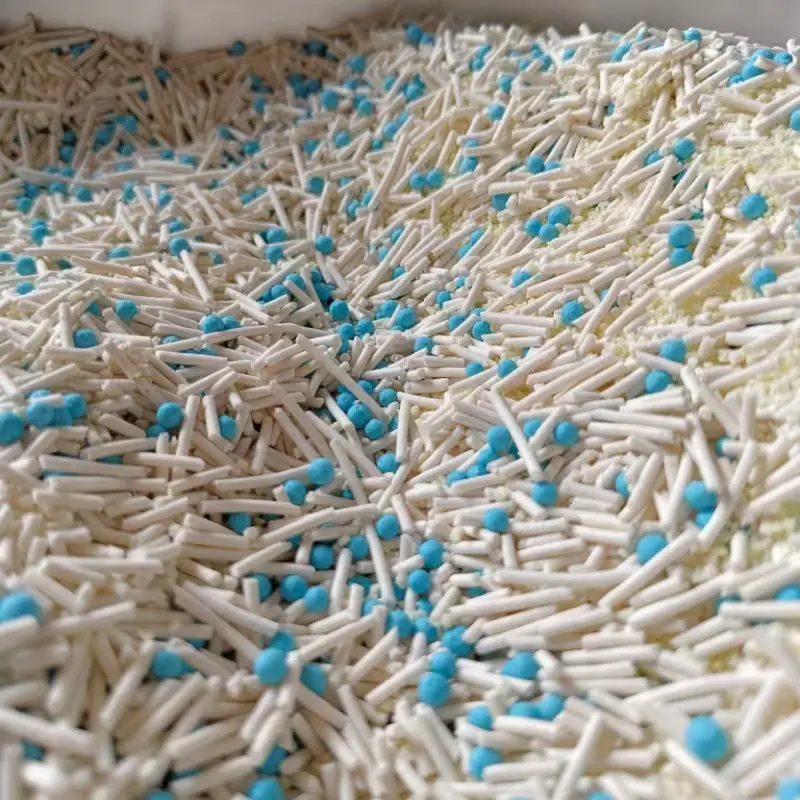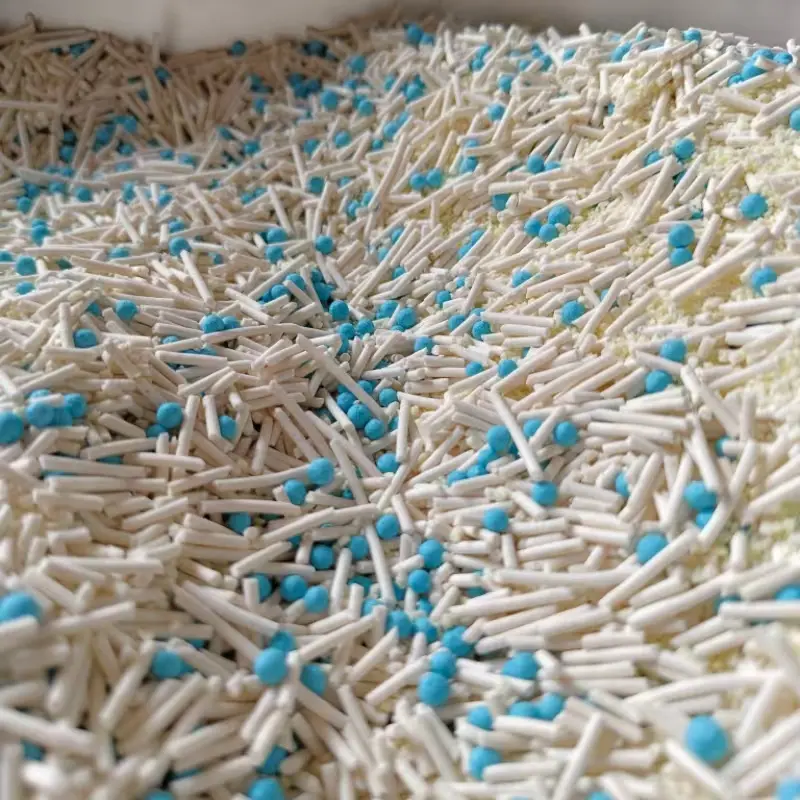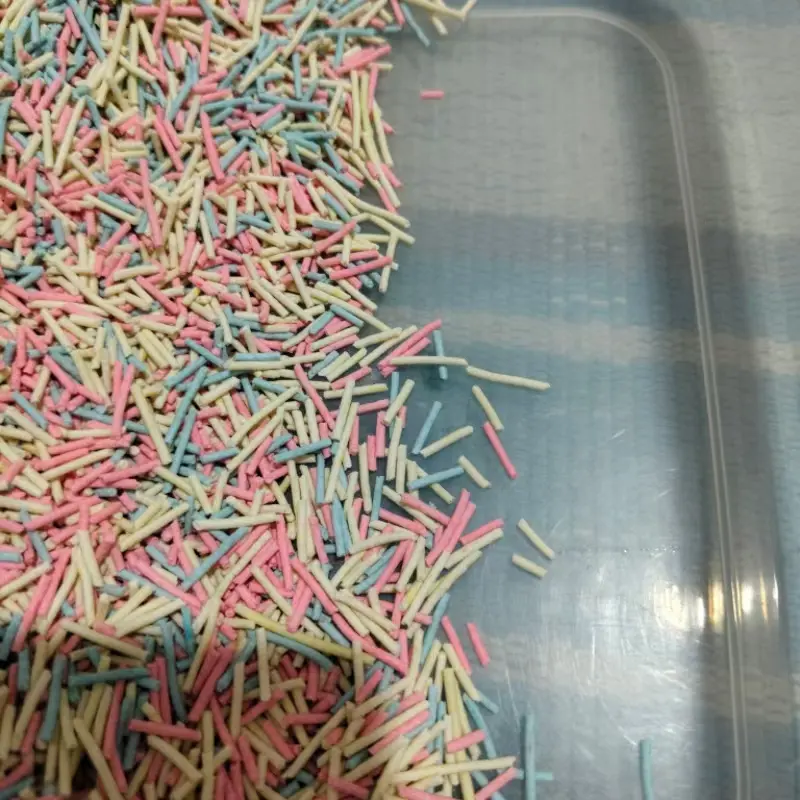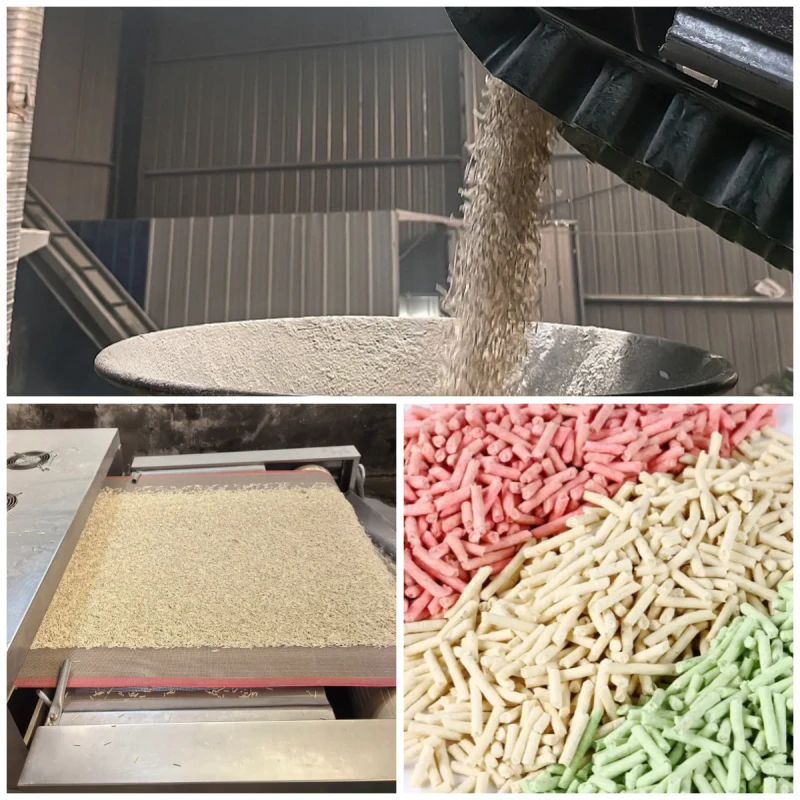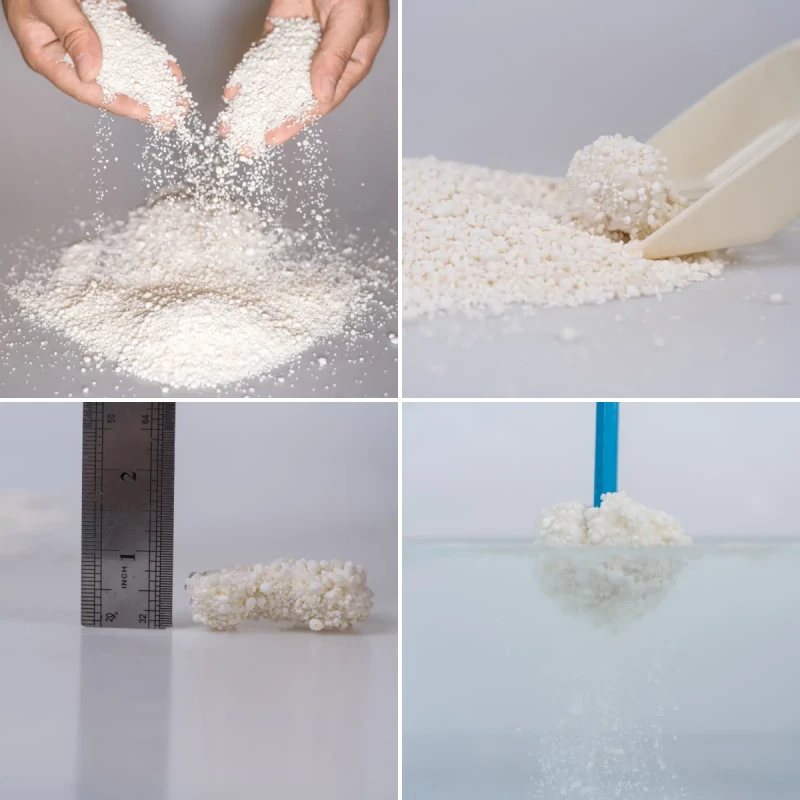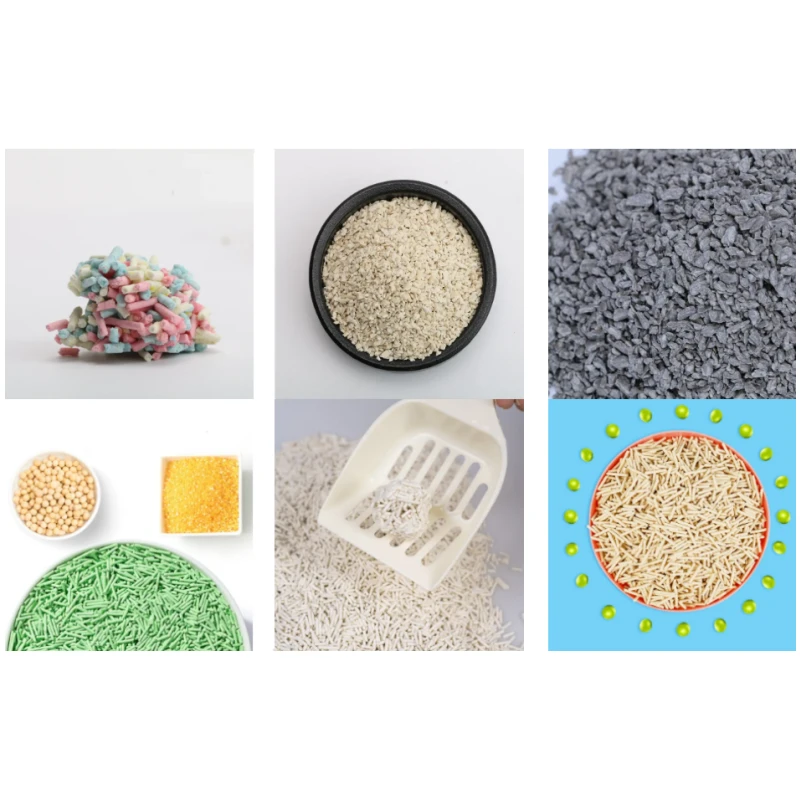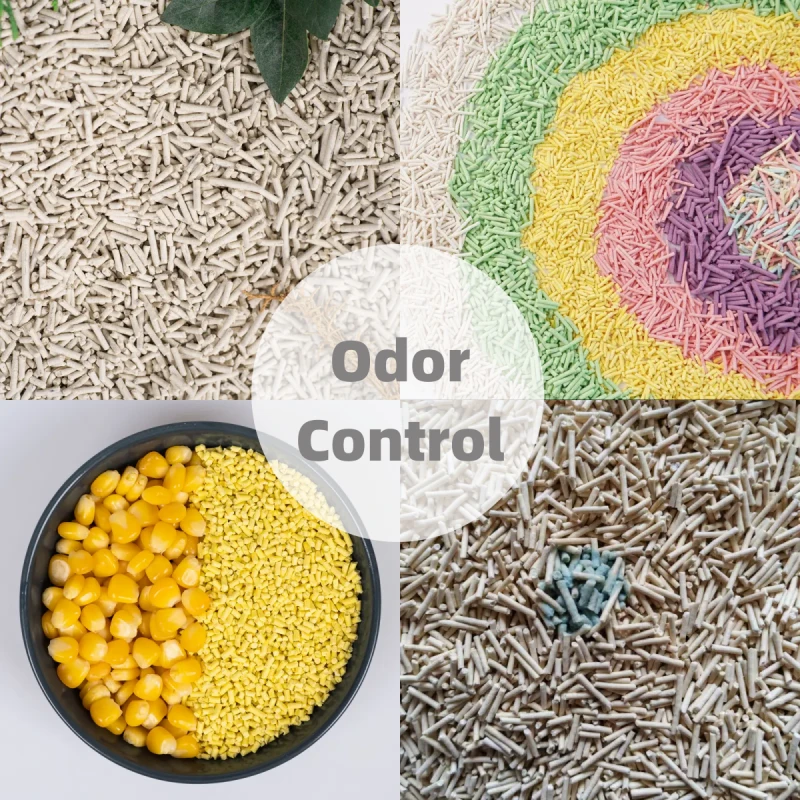Choosing the right cat litter can be a daunting task for cat owners, given the wide range of options available on the market. Among the various types of cat litter, wood pellet cat litter has been gaining popularity for its eco-friendliness and natural properties. However, like any product, it comes with its own set of advantages and disadvantages. This article will delve into the pros and cons of wood pellet cat litter, helping you make an informed decision for your feline friend.
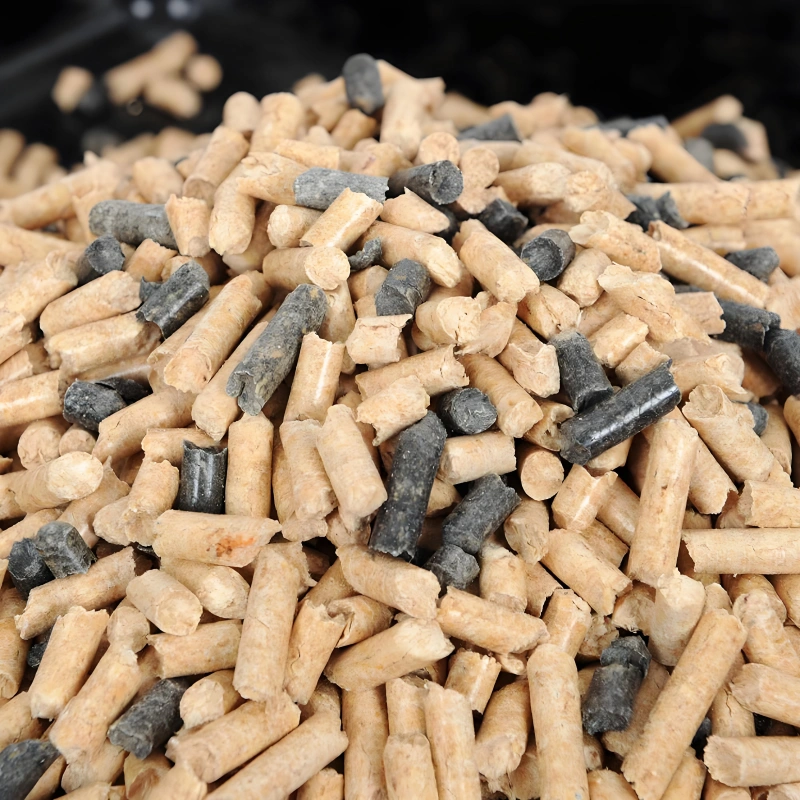
What is Wood Pellet Cat Litter?
Wood pellet cat litter is made from compressed sawdust or other wood by-products, typically sourced from pine, cedar, or other softwoods. The sawdust is compressed into small pellets that are used as litter in cat boxes. When these pellets come into contact with moisture, such as cat urine, they break down into sawdust, which can then be easily removed. This type of litter is often touted as a more natural and environmentally friendly alternative to traditional clay or silica-based litters.
Here’s a table outlining the typical specifications of wood pellet cat litter:
| Specification | Details |
|---|---|
| Material | Compressed sawdust or wood by-products (e.g., pine, cedar) |
| Pellet Size | Varies by brand; typically 6-8mm in diameter |
| Weight | Heavier than traditional clay litter; varies by bag size |
| Moisture Absorption | High; absorbs up to 3 times its weight in moisture |
| Odor Control | Excellent; natural wood scent helps neutralize odors |
| Dust Content | Low dust, reducing respiratory issues for cats and owners |
| Biodegradability | 100% biodegradable, environmentally friendly |
| Clumping | Non-clumping; breaks down into sawdust upon contact with moisture |
| Tracking | Minimal tracking due to larger, heavier pellets |
| Packaging Options | Available in various bag sizes (e.g., 5kg, 10kg, 20kg) |
| Price Range | Typically higher than clay but more cost-effective over time |
| Scent | Natural wood scent (usually pine or cedar) |
| Usage Duration | Lasts longer than clay litter due to high absorbency |
| Cleaning Method | Requires sifting to remove sawdust and soiled pellets |
| Storage | Store in a dry place to maintain effectiveness |
This table provides a concise overview of the key specifications of wood pellet cat litter, highlighting its features and characteristics.
Pros of Wood Pellet Cat Litter
Eco-Friendly and Sustainable
One of the most significant advantages of wood pellet cat litter is its eco-friendliness. The pellets are typically made from recycled wood waste or by-products from the lumber industry, which would otherwise go to waste. This makes wood pellet litter a sustainable choice for environmentally conscious cat owners.
Biodegradable: Unlike clay-based litters, which can take centuries to decompose in landfills, wood pellet litter is biodegradable. This means it breaks down naturally over time, reducing its environmental impact.
Renewable Resource: Wood is a renewable resource, meaning that new trees can be planted to replace those that are harvested. This contributes to the sustainability of wood pellet litter.
Natural and Chemical-Free
Wood pellet litter is generally free from harmful chemicals, additives, and synthetic fragrances that are often found in other types of cat litter. This makes it a safer option for both cats and their owners, particularly for those with sensitivities or allergies.
Hypoallergenic: For cats and owners with respiratory issues or allergies, wood pellet litter can be a better choice. The absence of chemicals and the natural composition of the pellets reduce the risk of allergic reactions.
No Synthetic Fragrances: Some cat litters are heavily scented to mask odors, but these fragrances can be overpowering and potentially irritating. Wood pellet litter typically relies on the natural scent of wood, which is milder and less likely to cause irritation.
Superior Odor Control
Wood pellet litter is highly effective at controlling odors, thanks to the natural absorbent properties of wood. The pellets absorb moisture and trap odors, preventing them from spreading throughout the home.
Absorption: When the pellets come into contact with urine, they break down into sawdust, which helps absorb the moisture and trap the odor. This process helps keep the litter box smelling fresh for longer periods.
Natural Scent: The natural scent of wood, particularly pine, can help neutralize odors without the need for artificial fragrances. This is especially beneficial in multi-cat households where odor control is a significant concern.
Low Dust and Tracking
Another advantage of wood pellet cat litter is its low dust content. Traditional clay litters can create a significant amount of dust, which can be problematic for cats with respiratory issues and for keeping your home clean.
Low Dust: Wood pellets produce very little dust, reducing the risk of respiratory problems for both cats and their owners. This also means less dust settling on surfaces around the litter box.
Minimal Tracking: The size and weight of the pellets make them less likely to stick to a cat’s paws and be tracked around the house. This results in a cleaner home environment and less frequent sweeping or vacuuming around the litter box.
Cost-Effective
While the initial cost of wood pellet litter may be higher than some traditional litters, it is generally more cost-effective in the long run. The pellets are highly absorbent, meaning you’ll need to use less litter overall.
Long-Lasting: Wood pellet litter tends to last longer than clay or silica-based litters because it is more efficient at absorbing moisture and controlling odors. This reduces the frequency of litter changes and, consequently, the amount of litter used.
Affordable Options: Many brands offer wood pellet litter at competitive prices, making it an accessible option for cat owners who are budget-conscious but still want a quality product.
Cons of Wood Pellet Cat Litter
Transition Issues for Cats
One of the primary challenges with wood pellet cat litter is getting cats to adapt to it, especially if they are used to finer, sand-like litters. Cats are creatures of habit, and a change in litter texture can be unsettling for them.
Texture Difference: Wood pellets have a much coarser texture compared to traditional clumping litters. Some cats may find this texture uncomfortable to walk on or dig through, leading to reluctance in using the litter box.
Gradual Transition: To mitigate this issue, it is often recommended to gradually mix wood pellets with the cat’s current litter, slowly increasing the proportion of pellets over time. This helps cats adjust to the new texture more comfortably.
Lack of Clumping
Unlike many traditional litters, wood pellet cat litter does not clump. While the pellets do break down into sawdust when wet, they do not form solid clumps that can be easily scooped out.
Non-Clumping: For cat owners who prefer clumping litters for easy cleanup, this can be a significant drawback. The sawdust created by the pellets needs to be sifted out or scooped, which can be more time-consuming and less convenient.
Cleaning Routine: Using a litter scoop with larger slots or a sifting litter box can help make the cleaning process easier, but it may still require more effort compared to clumping litters.
Pellet Size and Weight
The larger size and heavier weight of wood pellets can be both a pro and a con. While the weight helps prevent tracking, it can also make the litter less appealing to some cats and more challenging to handle for owners.
Cat Preferences: Some cats may dislike the larger pellet size and find it difficult to dig through the litter. This can be particularly true for kittens or older cats with mobility issues.
Handling and Storage: The heavier weight of wood pellets means that bags of litter can be more cumbersome to carry and store. Additionally, pouring the pellets into the litter box may require more effort compared to lighter, finer litters.
Moisture Management
While wood pellet litter is excellent at absorbing moisture, it can sometimes become overly saturated if not changed regularly, leading to potential issues.
Saturation: Once the pellets have absorbed their maximum capacity of moisture, they break down into sawdust. If not cleaned frequently, this sawdust can accumulate and become less effective at controlling odors and moisture.
Frequent Changes: To maintain optimal performance, it may be necessary to change the litter more frequently, particularly in multi-cat households. This can increase the overall maintenance required compared to clumping litters.
Availability and Variety
While wood pellet cat litter is becoming more popular, it may not be as widely available as other types of litter, particularly in certain regions or stores.
Limited Options: Depending on where you live, you may find that your options for wood pellet litter are limited compared to traditional clay or silica litters. This could make it more challenging to find a brand or type that suits your needs.
Specialty Stores: In some cases, wood pellet litter may only be available at specialty pet stores or online, which could be less convenient for those who prefer to purchase their litter in-store.
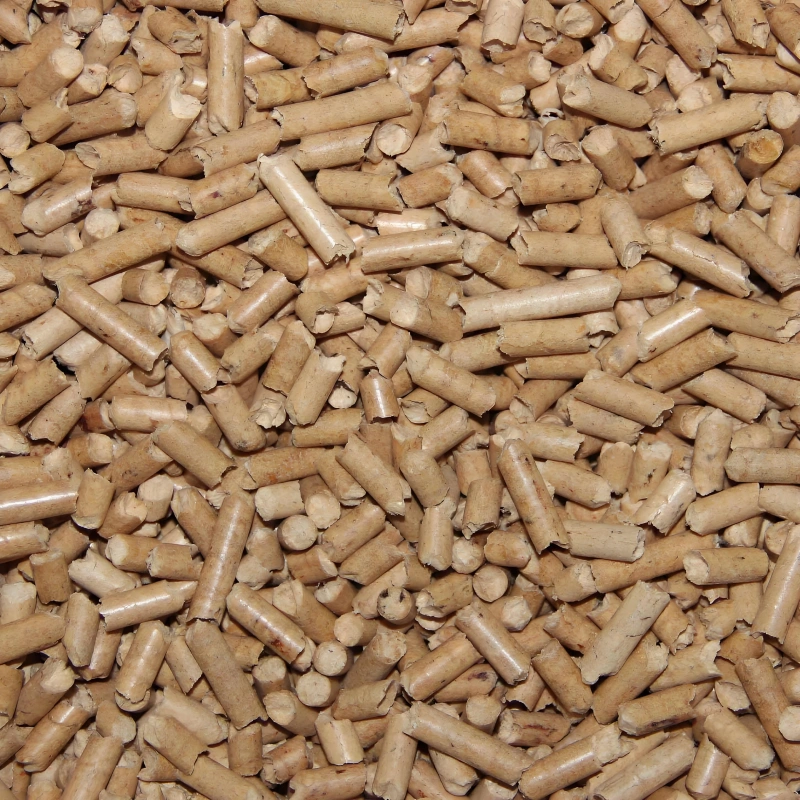
Conclusion
Wood pellet cat litter offers a range of benefits, particularly for environmentally conscious cat owners who prioritize sustainability and natural products. Its eco-friendly nature, superior odor control, low dust, and cost-effectiveness make it an attractive option for many households. However, it also comes with some challenges, such as the potential for transition issues with cats, the lack of clumping, and the need for more frequent changes.
Ultimately, whether wood pellet cat litter is the right choice for you and your cat depends on your individual needs and preferences. If you value eco-friendliness and are willing to invest a bit more time in maintaining the litter box, wood pellet cat litter could be an excellent choice. On the other hand, if you or your cat prefer clumping litters or have specific requirements related to texture and ease of cleaning, you may want to explore other options. As with any product, the best approach is to weigh the pros and cons carefully and consider your cat’s unique preferences and habits when making your decision.
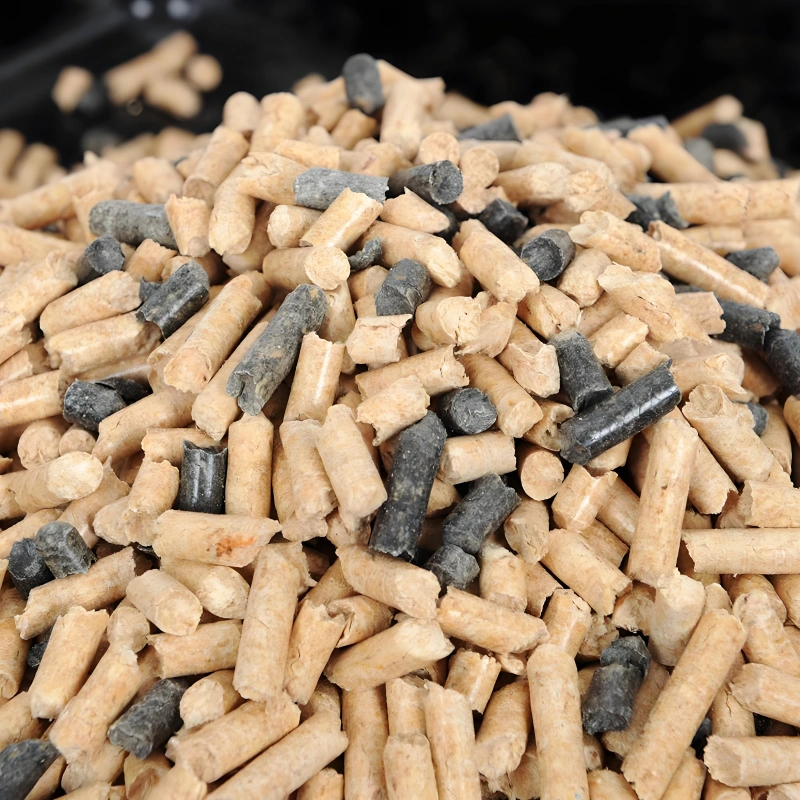
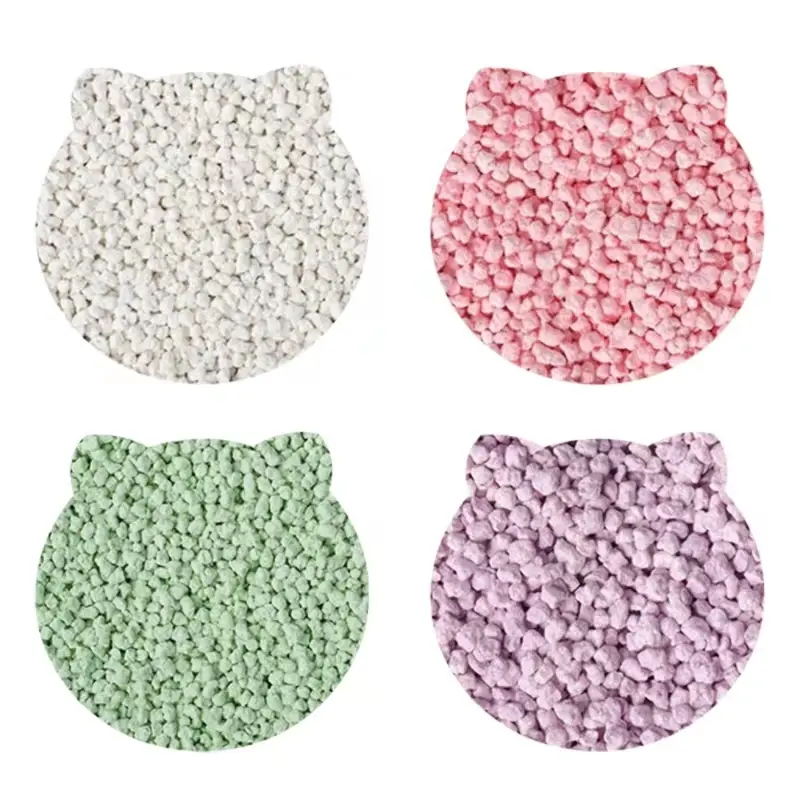
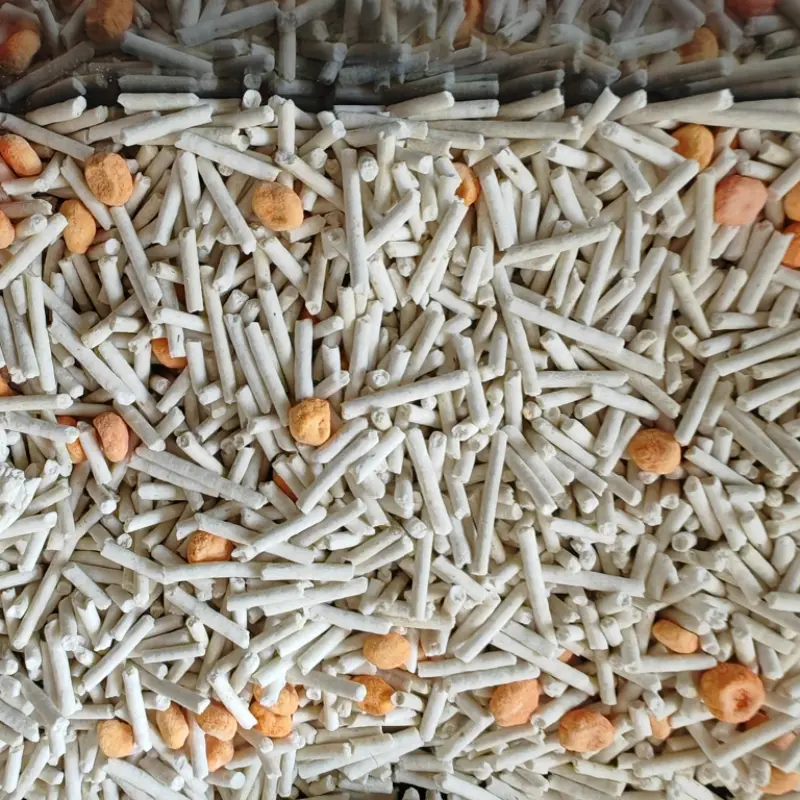
122.webp)
